Oranges, lemons, mandarins, or kumquat… This year, you have harvested a lovely quantity of fruits from your citrus trees. Once harvested, you'll need to think about preserving them as best as possible to enjoy them for several weeks… or even months.
Let’s see how to properly harvest citrus fruits and preserve them in various ways in this practical tutorial!
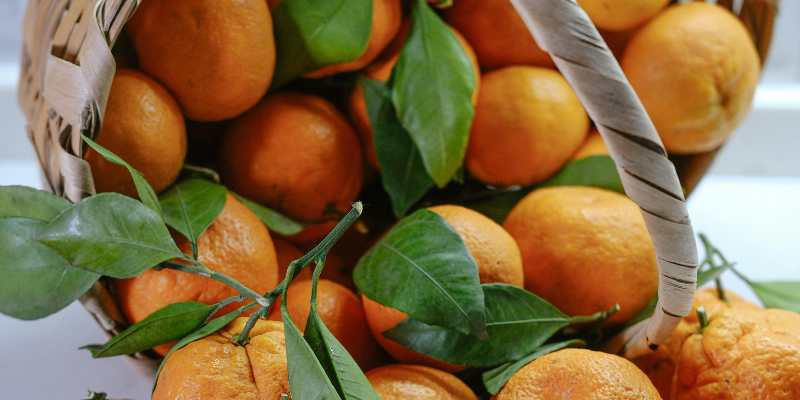
When to harvest citrus fruits?
Citrus trees bloom between March and June and begin to form their fruits from spring. They are harvested, depending on the type of fruit and its variety, between November and May, but some, like lemons, can be harvested all year round (as they have a repeat flowering), while others, like finger limes, are quite early. The growing region obviously affects the harvest period (earlier in the warm southern regions, often from November or December, later in the north of the Loire at the end of winter). Pick the fruits when they are well-coloured, as they will not ripen further after harvest!
To know if it’s time to pick, here are a few clues:
- The fruits detach easily: this is a sign that the fruit is ripe;
- The colour: as soon as the fruits take on their definitive and typical hue, changing from green to yellow or from green to orange depending on the fruit species (golden yellow for grapefruit, orange for orange, bright green for lime...), it’s time to harvest. Grapefruit is one of those that should be harvested early, as soon as it starts to colour.
- The firmness of the fruit: a ripe fruit is firm yet supple.
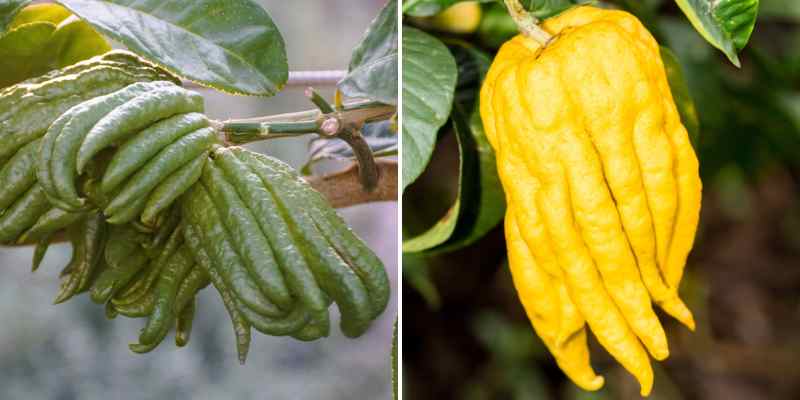
Here’s a harvest calendar for the most commonly cultivated citrus fruits:
- oranges: between November and May
- bergamot: between November and March
- bitter orange: between December and February
- citron: December to March
- lemon: all year round, but especially between December and March
- finger lime: from September to December
- kumquat: from December to March
- mandarins and clementines: between November and February
- Buddha's hand: from November onwards
- grapefruit: between January and April
How to harvest citrus fruits?
Harvest on a dry day, twisting and gently pulling on their peduncle. If it detaches easily, the fruit is ready to be picked. If there is resistance, wait a few more days.
Use clean, sharp pruning shears if you are harvesting fruits from a height. Cut the peduncle 1 cm above the fruit to avoid injuring the tree.
How to preserve citrus fruits?
Most citrus fruits can be stored very well for two weeks to a month at room temperature, in a cool, airy place, ideally at 10°C. Grapefruits or certain lemons, like the Turkish 'Kütdiken', can even last several months.
They do not appreciate refrigeration, which softens their skin and alters their taste, in addition to reducing their vitamins. Freezing is also not ideal, as it changes their unique texture. If you plan to consume them fresh quickly, for freshly squeezed juices or in fruit salad, place them in a fruit bowl away from other fruits in the kitchen.
Otherwise… here are many ways to preserve them to enjoy throughout the year… or almost!
Cooked, in marmalades and jams
Oranges are perfect for making marmalades, which can be mixed with other citrus fruits like lemons, clementines, or grapefruits.
All citrus fruits have a high pectin content, found in their pips, which should not be removed but cooked well with the sugar-fruit mixture!
Discover my homemade citrus jam recipe and that of lemon curd, a lemon cream combining eggs, sugar, and lemon!
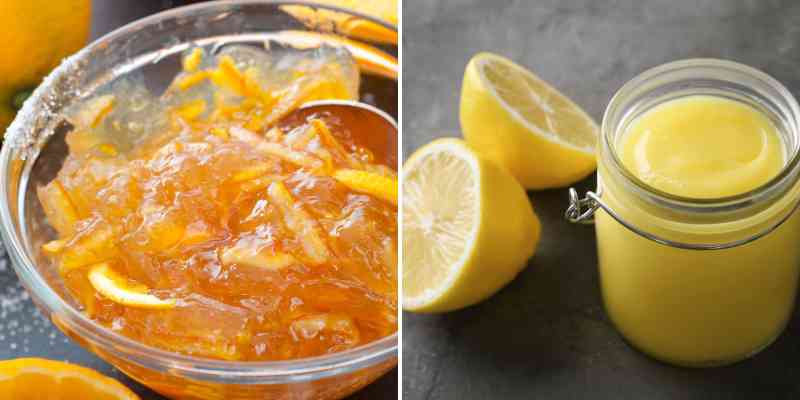
Candied, in salt or sugar
Citrus fruits with thicker skins are interesting to candy, such as citron, bergamot, or Buddha's hand. But also the so-called rough lemons (such as Mento lemon, or the American varieties 'Lisbon' and 'Eureka', or 'Monachello'), or oranges. Kumquat has the advantage of being able to be candied whole, with its skin.
You can candy whole fruits in water, in salt like homemade preserved lemons, which will enhance tagines, or in sugar with candied mandarins for a future cake, or cut them more or less coarsely and prepare candied fruits, using oranges or lemons. The peels of citron and bergamot are very suitable for candied preparation for use in a cake. Orange peels can also be used to make candied orange peel covered in chocolate.
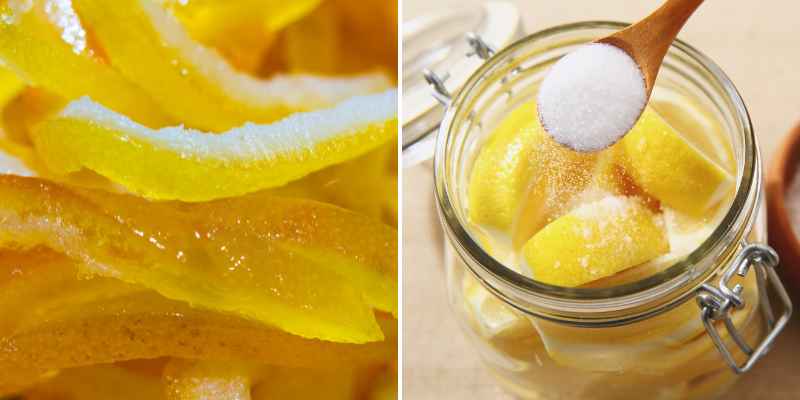
Dried
Lemon is often dehydrated to be used in cooking sauces for meat dishes, for example, or infused to flavour tea or herbal infusions. Once cut into thin slices, place your citrus slices flat on baking paper, then dry at a low temperature (50°C) for 4 to 5 hours, or use a dehydrator if you have one.
In ice cream and sorbets
Finally, consider turning your citrus fruits into ice cream or sorbet to preserve them for many months! Admittedly, this uses fewer fruits, but the result is worth it, far from the bland commercial ice creams. The juice from the fruits is either mixed with whipped cream (like in this tempting recipe by Julie Andrieux) or incorporated into a custard, all churned in an ice cream maker, or simply mixed with sugar to prepare a sorbet.
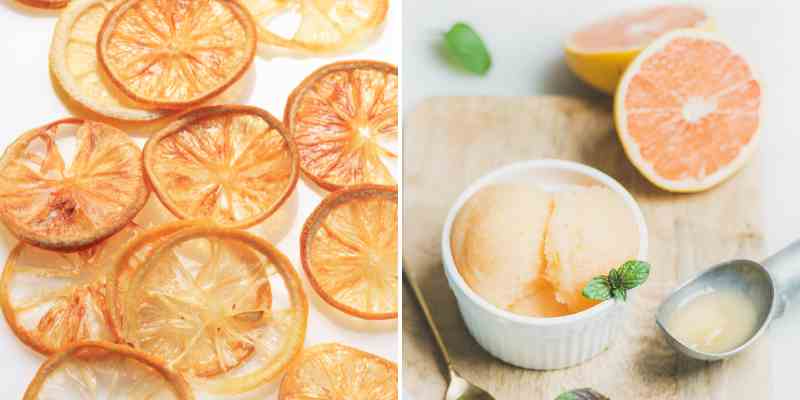
Further reading
Our wide range of citrus trees is available in our online store.
Orange liqueur (to be consumed in moderation!) and the scented pomander for Christmas are other ways to use up a surplus of oranges.































Comments